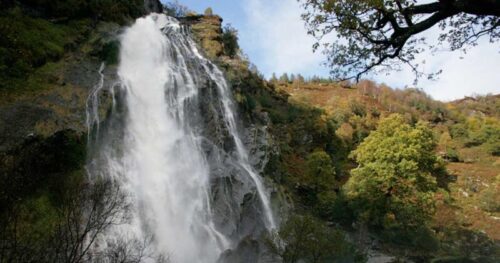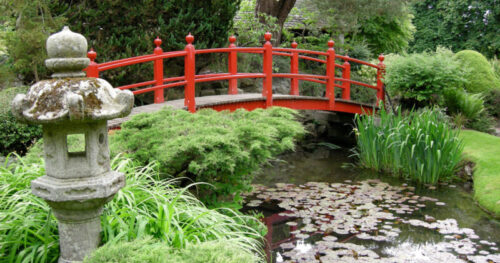Description
Dublin – Armagh
We will leave Dublin heading to Armagh. When arriving, we will notice its most distinctive landmarks right away. From opposite hills, two striking cathedrals face each other across the valley, both honouring St Patrick. Armagh is labelled as the Orchard County, the Cathedral County and the home of the spiritual capital of Ireland. We will spend 40min at Armagh where we will be able to visit Armagh County Museum. The collections at Armagh County Museum capture centuries of stories relating to the people who lived, worked and had connections with this famous city and historic county.
St Patrick’s Cathedral
The Catholic Cathedral of St Patrick’s is located in Armagh City. This was a former site near where St Patrick himself was reputed to have built a church in 445 a.d inside a ringfort on a hill called ‘Druimsailech’. He called it ‘My Sweet Hill’ and ordered that this church should have preeminence over all other churches in Ireland. Armagh therefore became the ecclesiastical capital of Ireland. It has 2 cathedrals, one Catholic and the other Protestant, facing each other across the town. Catch your breath at the top of the hill, take in the view of our beautiful city and then enter St Patrick’s Cathedral and wonder at the awe-inspiring interior.
Departure to Derry
Derry is Ireland’s most northern city. It is a place of historical significance and a rich cultural heritage. From The City Walls to museums, galleries and theatres, you’ll not struggle to find interesting things to do when you visit here. Free time to eat. We will suggest good places to eat a carvery meal.
Entrance of Guildhall, Derry
We will meet at the entrance of Guildhall to see some of the highlight in Derry: The Derry Peace Bridge has become an integral part of Derry City’s infrastructure. Designed by Wilkinson Eyre Architects in London and funded by the European Regional Development Fund for Peace it is a very impressive and elegant piece of architecture. It shows the local story of triumph over adversity it is nonetheless a universal symbol of peace that locals and visitors alike can relate to and resonate with, this bridge has become a kind of modern day place of pilgrimage. There is something very special indeed about it that sends shivers down your spine and is difficult to explain. The Walls of Derry – the only completely intact city walls in Ireland, they stand 4 meters high and 10 meters wide. The walls tell the story of Northern Ireland and are a living monument to the “Troubles”. After having been closed to the public for decades, the peace process has allowed them to become Derry’s most visited attraction. The area now known as Bogside, is a predominantly Catholic neighborhood and is located just outside and under the shadow of the city walls. It was here that the Bloody Sunday incident occurred on January 30, 1972. Three artists, Tom Kelly, William Kelly and Kevin Hasson, created a series of murals known as the village gallery that we can see in the Bogside area. Fortunately, things have changed completely and this area has moved into a more peaceful era, something we can see in Murals and the foremost landmark welcome sign: “you are now entering Free Derry”. We will finish the day by visiting the Museum of Free Derry. and if not opened, will visit The Tower Museum
Memorial Gardens, Omagh
We will stop 15 minutes in the “Gardens of Memory” or also known as “Gardens of Light” that were built to commemorate the 31 victims of 1998.




